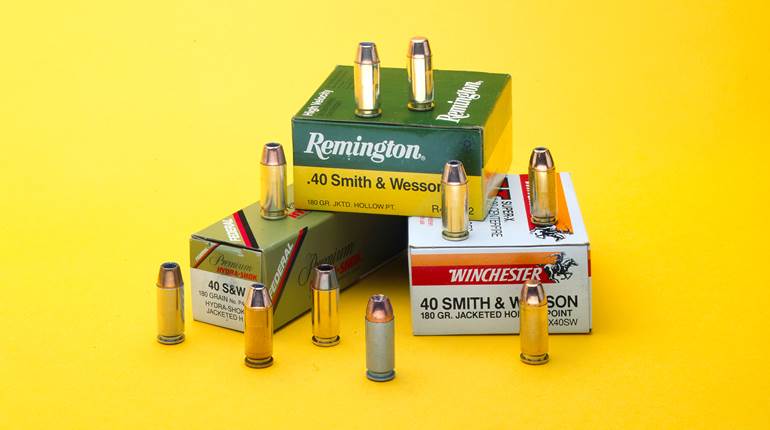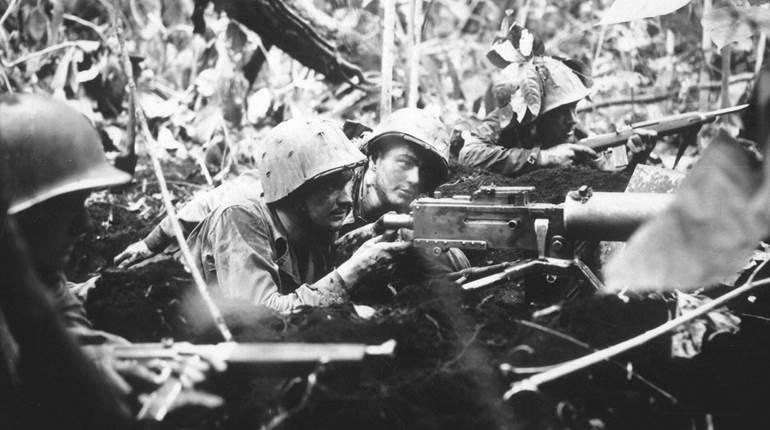
Over the many years that Smith & Wesson has been making revolvers, they’ve produced literally hundreds of different models and thousands of variations of those models. Some, like the timeless M&P revolver in .38 S&W Spl., have been in continuous production for decades. Others die quick deaths, because if they don’t sell, they don’t last. The revolver with which I am concerned here is the K frame .32 S&W Long, which was assigned Model No. 16 when they started numbering in 1957. Made from the late 1940s to the mid-70s, the K32 had a very interesting background.
It came along when S&W was booming in the post-war gun market. Actually, the sleek K frame was part of a trio of guns the company called the Masterpiece models. Others in the well-advertised series were the K22 and K38. They were K frame, blue-steel, 6-inch barreled revolvers intended for bullseye competition. S&W actually went to the trouble to match the weight of the three models by changing the barrel profile. Competitive shooters of that day were often users of the revolver, so a matched set of three guns sounded rather appealing. They could use either the K32 or K38 for the “any centerfire” events and the K22 for the .22 rimfire. Shooters had to use a .45 for the other third of the 2,700 course and yep, Smith made a couple of.45 ACP revolvers. The size of the .45 cartridge mandated an N frame, so the matched-in-weight concept couldn’t be made to work here.
In practice, most shooters chose a K22 and a K38, then a match-conditioned M1911A1 or a Colt Gold Cup. When the company began to make Model 41 autos, shooters flocked to them and the K22s began to be rare birds on the Bullseye firing lines. The K38s lasted pretty well, simply because it was hard to make the .38 Spl. cartridge feed in an auto. I have never seen much in the way of evidence to justify the existence of the K32. They sold well enough to stay in the catalog for quite a while, but were eventually discontinued. They are very valuable because of their scarcity and a brand new Model 16 next to a brand new Model 14 (K38) of the same vintage will invariably command a greater price. In theory, the K32 should have been a better choice for a competitive shooter, because of the reduced recoil. I believe that it failed because of the performance of the smaller wadcutter bullet at 50 yards.






































